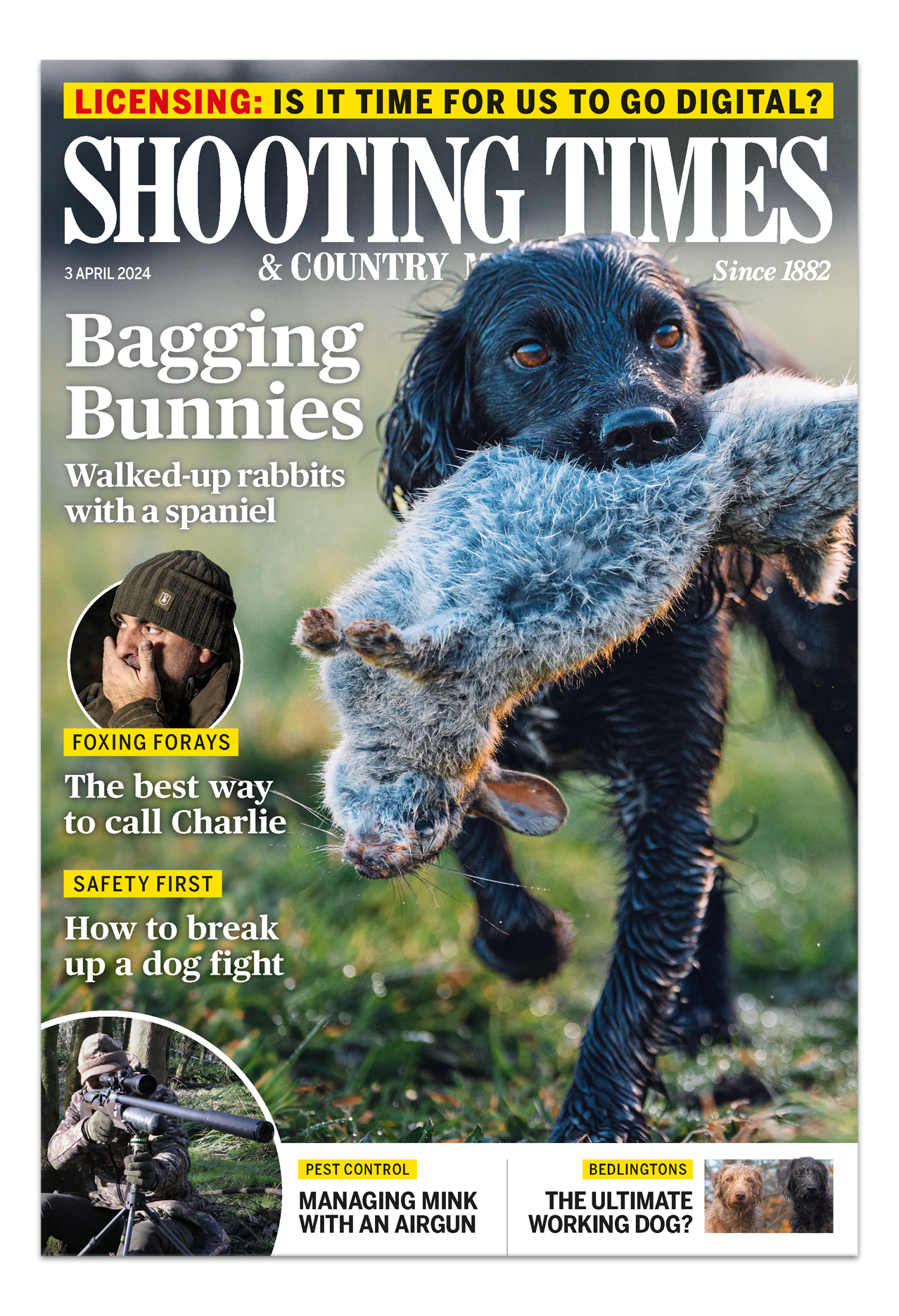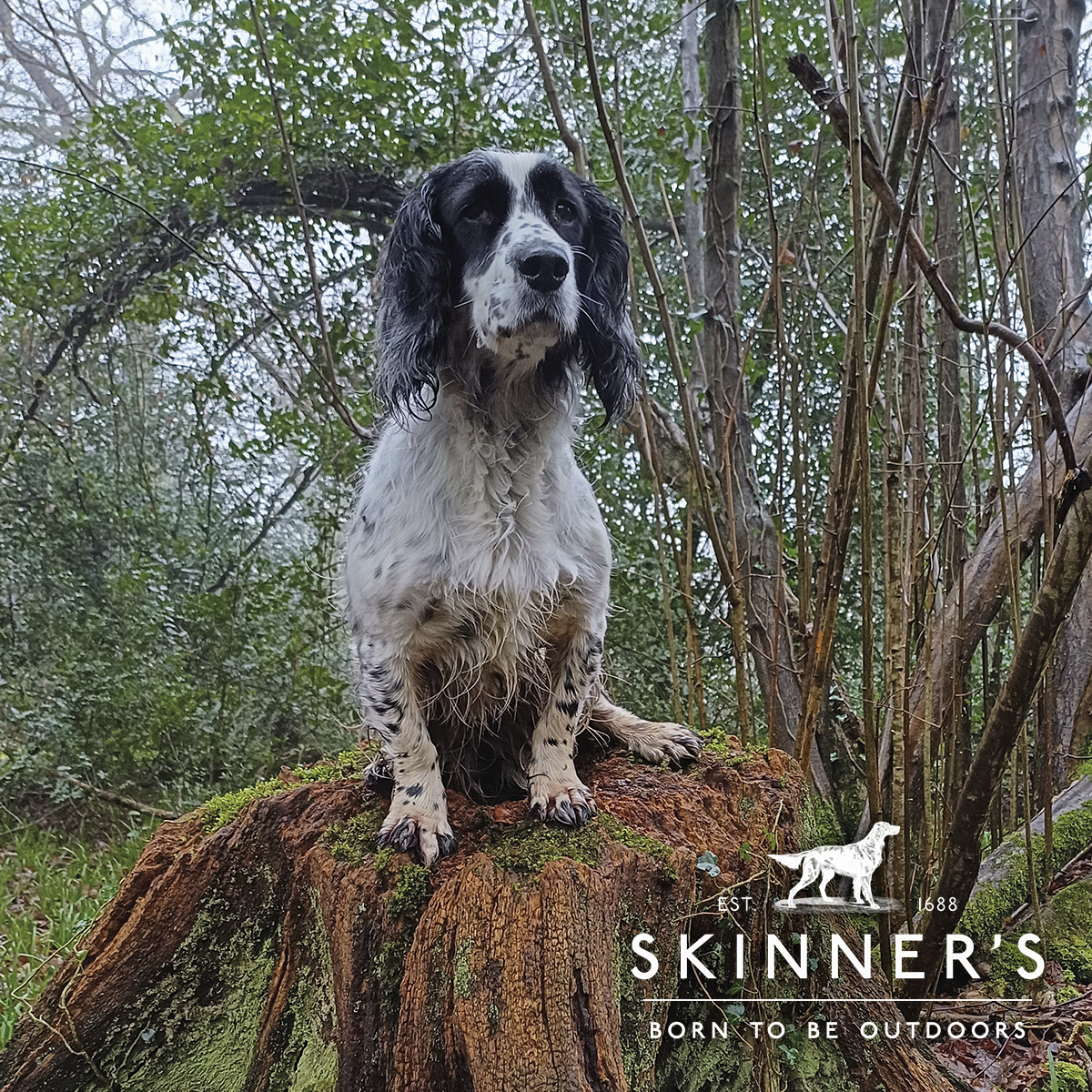Wild game prospects
Today, for many shoots, levels of interest in wild game and its potential contribution to the annual bag is probably greater than it has been for the past 20 years. Following 30 years of agricultural policies, which led to widespread loss of habitats and declining wild game populations across many parts of the UK, the reared bird assumed increasing prominence in the management of most shoots.
So it largely remains today, but in many areas the increasing adoption of agri-environment schemes and introduction of single-farm payments has seen the gradual replacement of many of the habitats that are key to sustaining wild game. It is early days, but it seems possible that given the correct targeting of the current habitat improvement prescriptions, many of which are based on the Game Conservancy Trust?s (GCT) research, in some areas we may be experiencing the beginning of a significant revival of productive wild game populations.
Apart from wild populations, a key interest for many who shoot is the year-on-year survival and breeding success in the wild of previously released birds, particularly pheasants. This has been the subject of much research by the GCT in recent years and has seen the development of extended spring feeding and other methods of improving their productivity.
Weather wise
In the news-starved summer months, while politicians frolicked on Caribbean beaches, a few consecutive days of sunshine preoccupied the British media. As the population sweltered and railways buckled, comparisons to the great summer of 1976 were in abundance ? 1976 was, coincidentally, probably the last great year of wild gamebird production.
How, then, has the summer compared and what prospects exist for the coming season Though high temperatures were apparent throughout the country, the summer was preceded by a prolonged cold spring. In some areas egg production, both in the laying pens and on the shoot, commenced intermittently, and in many areas insect production, the key for gamebird chick survival, appeared distinctly gloomy. May, in many areas, had well above average rainfall. Therefore, by the beginning of June, the prospects for a good rearing season or good wild production looked poor. However, almost overnight the weather seemed to change, temperatures rose and throughout most of the country prospects seemed to improve.
South and east
In the south and east of England, the GCT?s Mike Swan reports that, following the cold spring weather, a fair overall assessment would be ?good in parts?.
In Kent, for example, 2003 Purdey award winner Ian Smith said, ?We seem to have lost some of the early pheasant broods in the cold and wet of late May, but most seem to have tried again and produced a smaller, late brood. The grey partridges are a bit better and we have some nice big broods, though several pairs have little to show.?
At the GCT?s Grey Partridge Recovery Project at Royston, in Hertfordshire, headkeeper Malcolm Brockless reports a similar story, but one where the hot weather was marked by high rainfall in the form of local intense thunderstorms. Continuing outbreaks of rain through mid-August delayed the harvest, making detailed counting difficult, but Malcolm is confident of good prospects for grey partridge, wild pheasants and wild redleg production.
Further east, Martin Tickler, the GCT?s advisor for the Eastern counties, reflects a similar story of early nest losses in the cold, wet period in May, but many later pheasant and partridge broods hatching in near-perfect conditions. Again, the cereal harvest has been delayed in many parts of East Anglia but indications look good.
Interestingly, a consistent observation from all parts of the country this year concerns very good results for wild redlegs. Global warming perhaps, but there are grounds to believe that if continuing warmer summer temperatures become more common, this may suit the bird and extend its breeding range the UK.
West
In the western areas of the UK, south-west, Wales and Northern Ireland, for reasons of land use and climate, wild game tends to be less of a factor in shoot management. From most of these areas, there are indications of good wildfowl production, particularly from later broods, and the generally warm conditions assisted a successful rearing season overall.
Midlands and north
For much of the Midlands and the north of England, a similar optimistic pattern seems to exist, but one where the cold spring may have been more severe. In this respect, Mike McKendry, covering the north of England says, ?The cold late spring served to emphasise the need to continue feeding after the end of the season, benefiting both pheasants and partridges. Once summer finally arrived, we were treated to some fabulous hot, dry weather, which has ensured good survival rates of wild hatched broods, particularly the later hatched broods.?
Illustrating this, Wynn Bennett, headkeeper at Castle Howard, which is currently converting to a wild bird shoot is cautious about prospects, ?The cold late spring hit us hard with small, early broods, though later broods did appear better. I have not seen as many birds as I would like, but we still have lots of cover on the estate.?
Scotland
From the south east of Scotland, Hugo Straker has received some outstanding reports for
wild greys, redlegs and pheasants. Hugo also remarks on how well hares have fared ? a common observation from many areas.
A further interesting feature from south-east Scotland is the apparent prevalence of quail this summer.
Further north, from Tayside, Fife and the north of Scotland, Ian McCall reports, ?Wild game has bred well in many parts of northern Scotland, despite the latest spring for 25 years. Fortunately, towards the end of May, what felt like winter switched to summer very quickly.
?This prompted insect activity just in time for the later hatched pheasants. By the time wild partridges were hatching in mid-June, apart from sporadic local thunderstorms, conditions appeared excellent for chick survival.?
An early harvest is now revealing the results. From the Highlands, Ross-shire farmer James Scott reported three coveys of grey partridge in one field of winter barley, with one covey having 14 young. In Perthshire, George Fleming has seen more than 200 wild grey partridge on his Aberbothrie Farm, in Strathmore. Hill greys have also bred well. Colin Dey, headkeeper at Auchnafree, in the Sma? Glen, has several good coveys, including one totalling 17 in the heather at 2,300ft.
Round up
A key issue through the summer months for many shoots and one that can have profound effects for the season ahead is the development and growth of gamecrops, either as driving cover or nesting and brood-rearing habitat. On the whole, establishment and early growth during the cold and, in many areas, dry spring proved difficult, but where crops had successfully hung on, the subsequent increase in temperatures and sporadic rain saw good development. For example, in the Midlands, maize, millet and sorghum crops have fared reasonably well and, while seed head and cob production has been behind last year, decent cover should be available.








